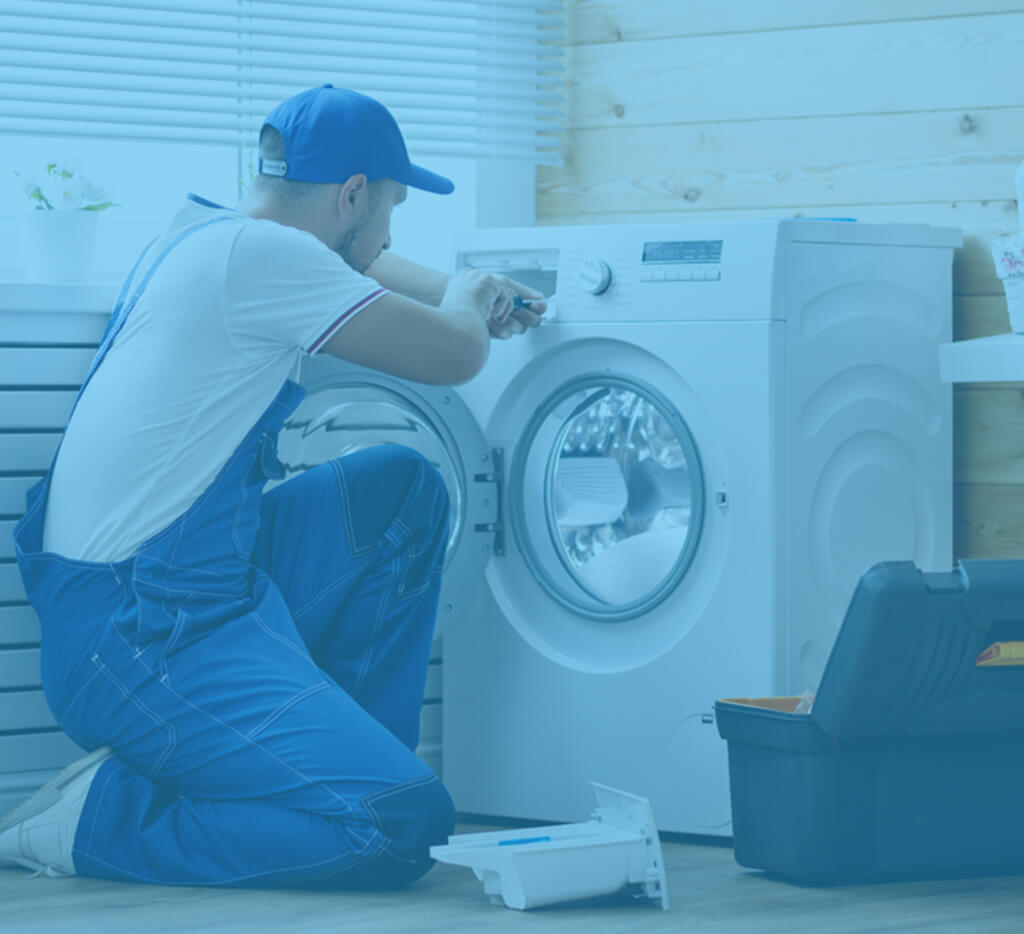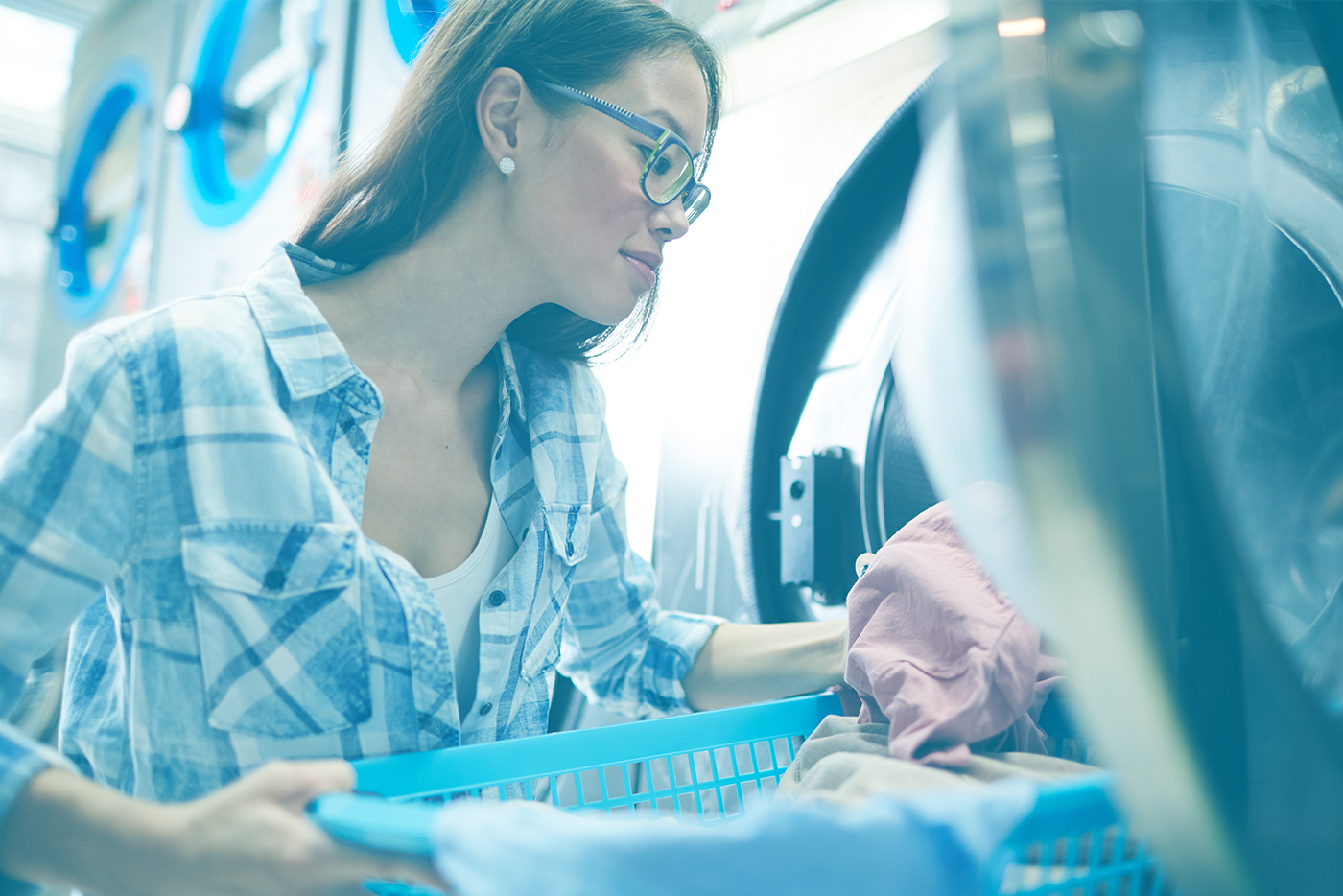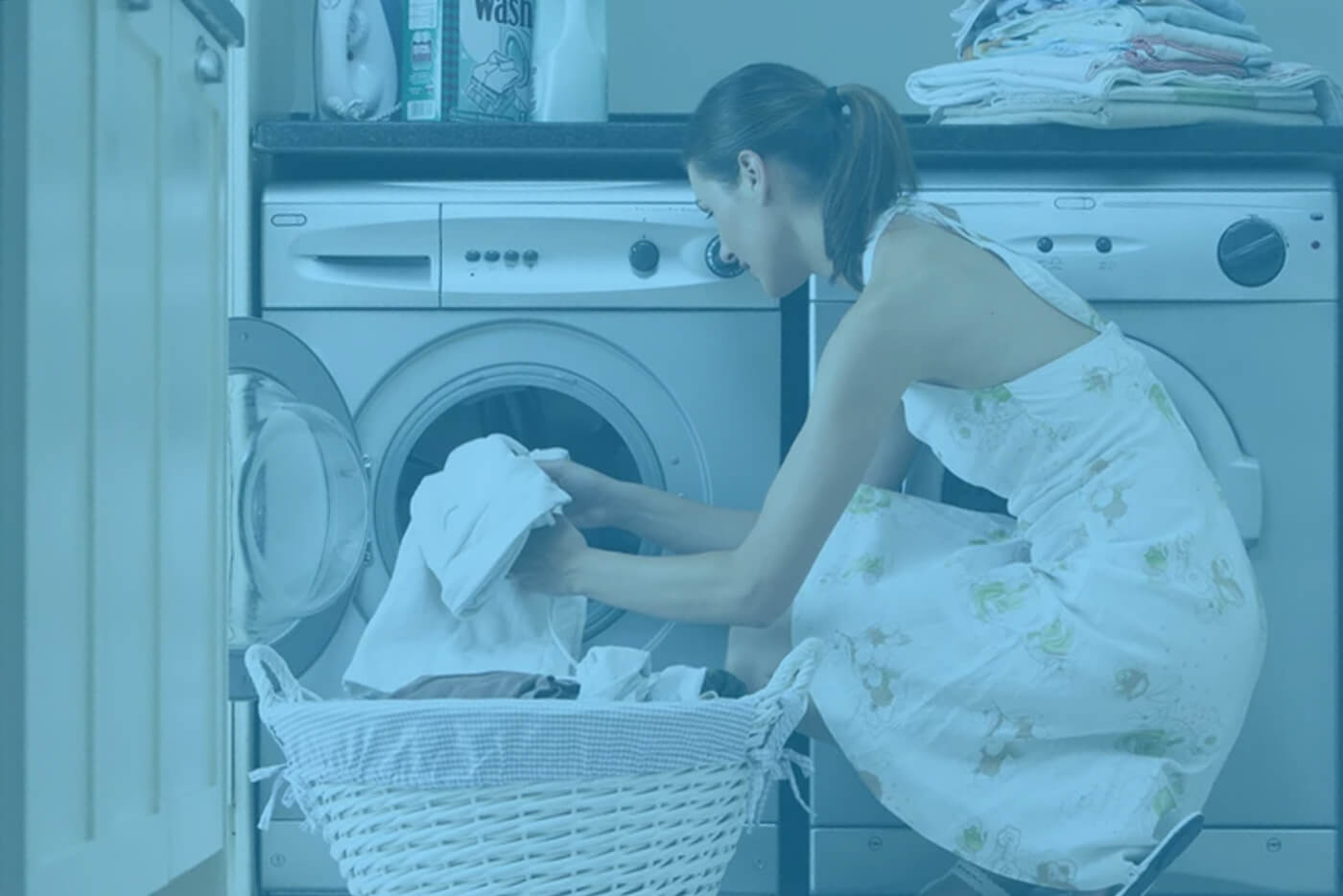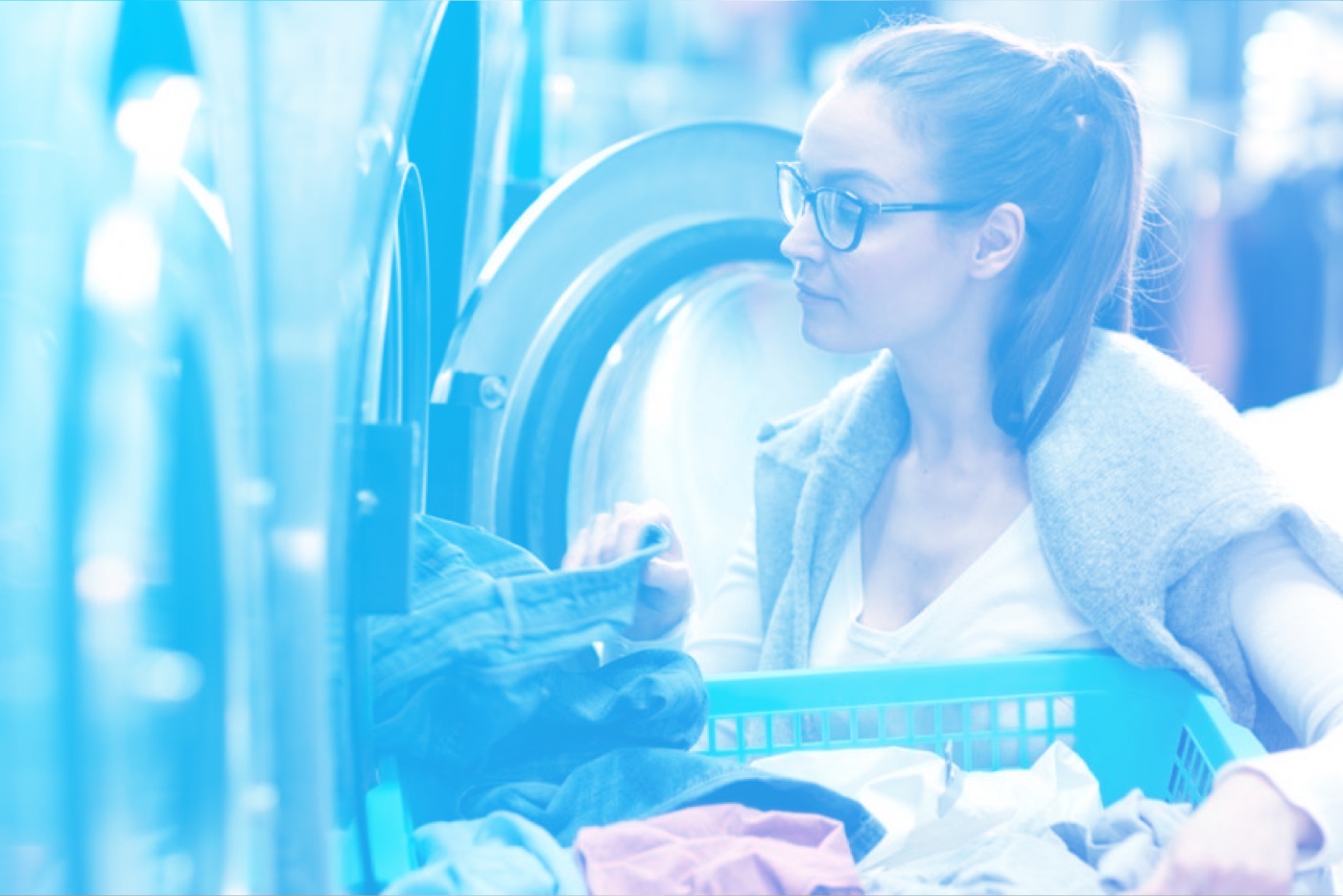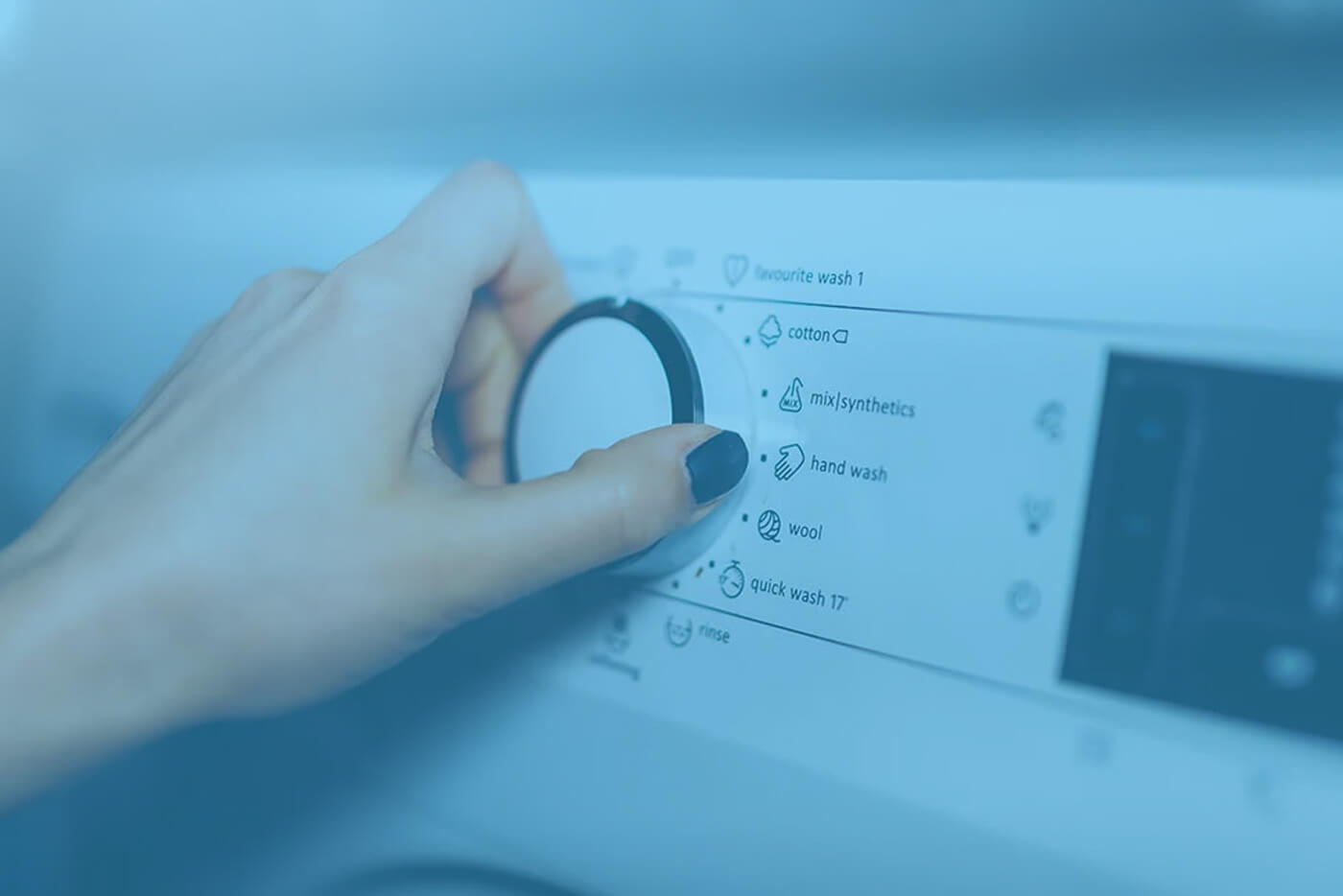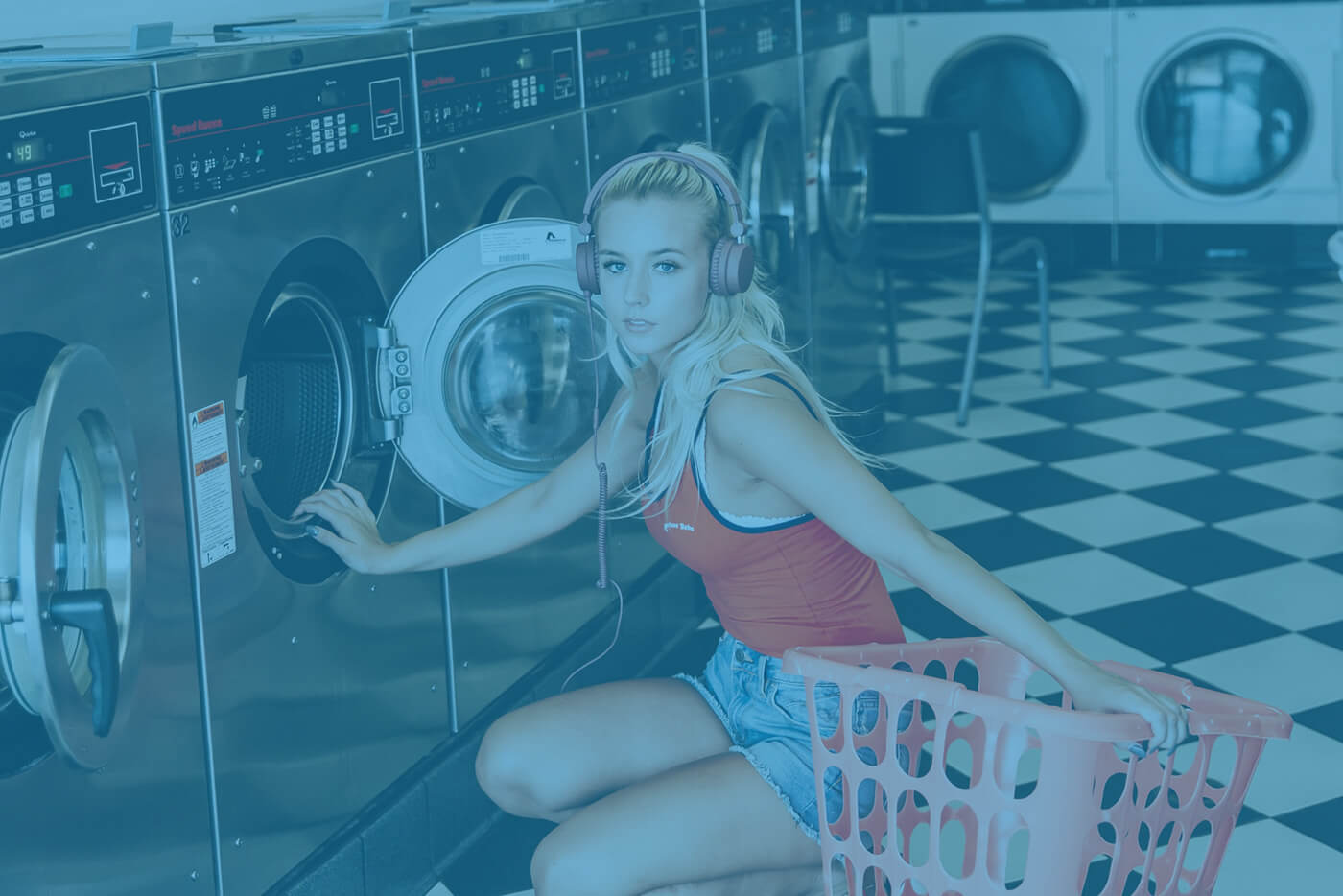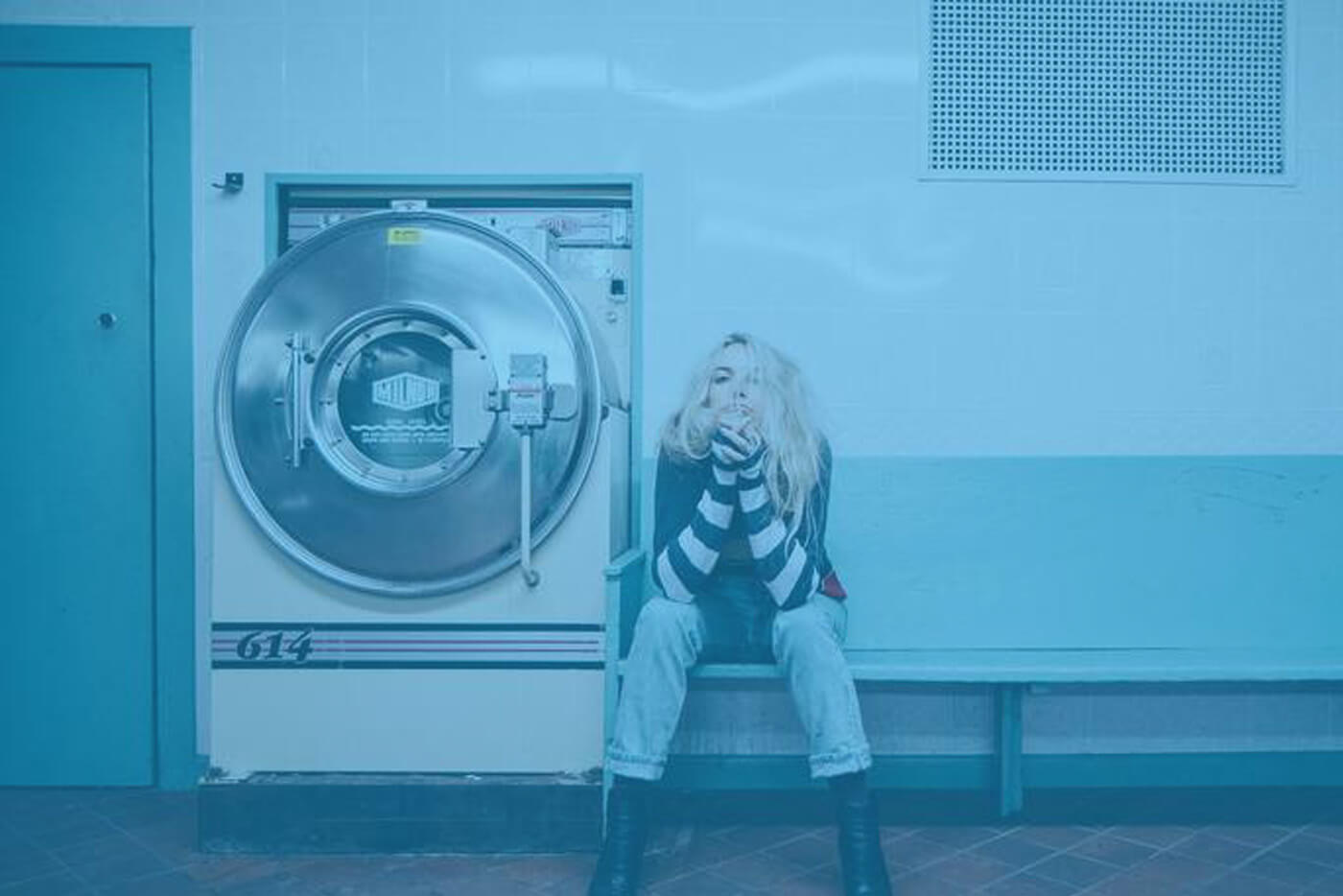Since the inception of the self service laundromat, coins have been king when it comes to currency for getting those washers and dryers spinning.
When attempting to repair your washing machine, you must always remain safe. Read on to learn what you need to know about washing machine repair.
ShinePay works with your new & old machines. ShinePay can also vend electric-car charging. Allow your tenants to use one app for laundry and their car.
Confused About Which Washing Machine Size Is Best For You? Resolve Your Queries By Reading This Article & Know How To Determine The Right Load Size For Your Washing Machine.
The steps to create a seamless laundromat experience that keeps your customers coming back. These top tips will help you create loyal customers and bring in ones.
The importance of laundry symbols, understanding the most common ones and why it’s essential to fully understand all of them before washing clothing.
Everything you need to know about using, cleaning and maintaining your washing machine to prevent breakdowns and reduce wear and tear.
Washing your laundry can be a pain; learn essential tips on how to wash laundry, separate loads, how to remove tough stains and how much detergent you need.
ShinePay offers many features to multi-store laundromat operators like making your machines coin free, as well as attendant tracking. Find out more here
© ShinePay 2025 | 20511 Skywest Dr 3J, Hayward, CA 94541
Founded 2017 — Patents Pending
ShinePay
Projects Dropdown (sp-menu sp-id-projects)
New Electric Car Charging
The lowest cost electric car charging payment system has arrived
Solutions Dropdown (sp-menu sp-id-solutions)
Want to learn more?
Get in touch with our sales team. We're here to help.
(510) 570-1866
Products Dropdown (sp-menu sp-id-products)
Need help with ShinePay
Get in touch with our support team. We're here to help.
(510) 570-1866
Resources Dropdown (sp-menu sp-id-resources)
Want to learn more about ShinePay products?
Get in touch with our sales team. We're here to help.
(510) 570-1866
Company Dropdown (sp-menu sp-id-company)
Get in touch
Send us a message, we'd love to hear from you!
Dropdown Wrapper
Dropdown Code
